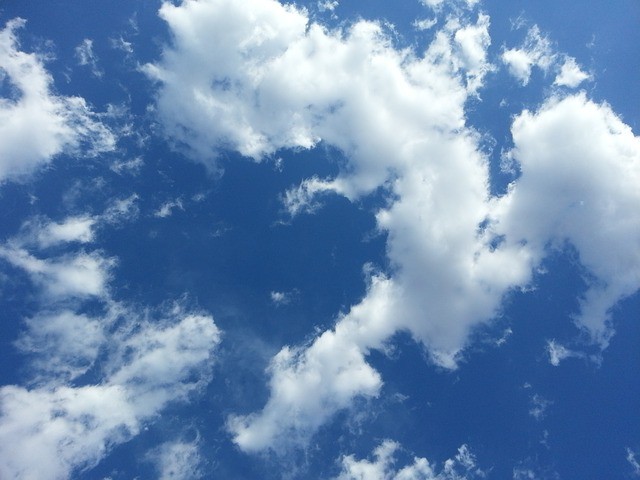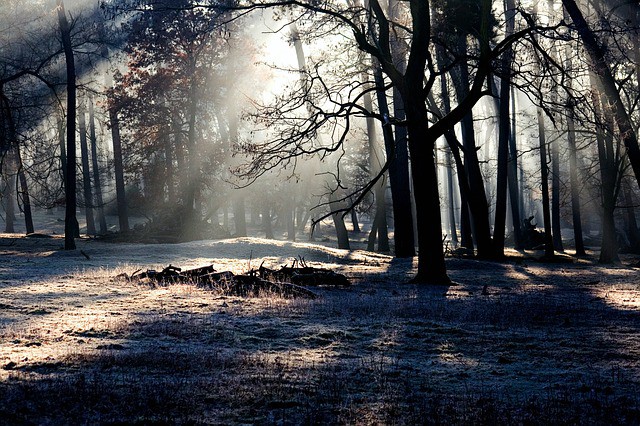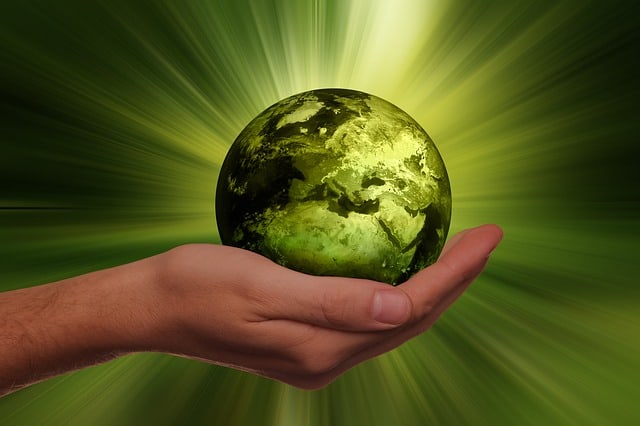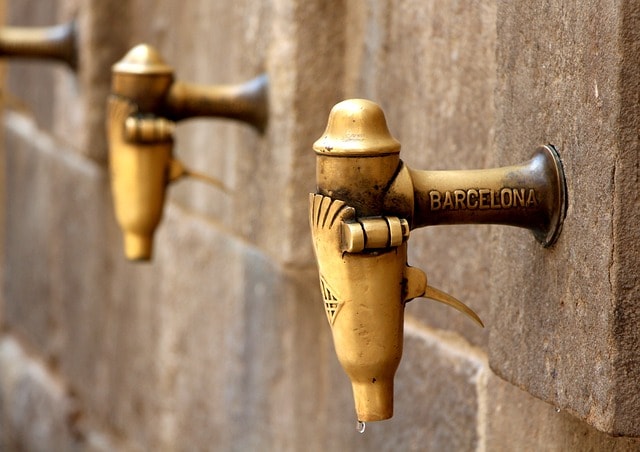What is an Ozone Hole and Causes and Effects of Ozone Depletion?

Life on Earth has been protected for thousands of years with a vital layer of poison in the atmosphere. This layer serves as a shield that protects the Earth from harmful ultraviolet radiation from the sun. As far as we know, it is unique to our planet. If it disappeared, ultraviolet sunlight would sterilize the surface of the globe and annihilate the life on Earth.
Significant reduction in ozone concentration and consequent thinning of the ozone layer was evidenced mainly over Antarctica back in 1984. Subsequent studies allowed to observe its dynamics, increasing its size and a similar situation, although less pronounced over the Arctic. To understand better the concept and meaning of ozone hole, we should first understand what exactly the ozone is.
Ozone is a form of oxygen whose molecule has three atoms, instead of two common oxygen. The third atom is what causes the gas we breathe is poisonous; mortal, if a small portion of this substance is aspirated. The creation and destruction of the ozone molecules happens continuously. The Ultraviolet radiation decomposes oxygen molecules, turning them into atoms which get combined with other oxygen molecules afterward, in order to form the ozone.
Ozone gas is not stable and is very vulnerable to being destroyed by natural compounds containing:
- Nitrogen
- Hydrogen
- Chlorine
Ozone is pollutant near the Earth’s surface (the area called the troposphere), which makes it cause many problems, such as:
- Part of the “smog“
- Cocktail photo-chemical pollutant, known as acid rain.
But for the safety of the stratosphere, 15 to 50 km above the surface, the blue strong-smelling gas and is as important to life as oxygen itself.
Ozone is like a fragile shield to our planet, immaterial but very effective. It is very scattered, 35 km thick in the stratosphere. The stratospheric ozone concentration varies with altitude, but never more than one hundred thousandth of the atmosphere in which it is located.
However, this thin filter is enough to keep us safe and block most of the ultraviolet radiation coming from the sun. The smaller is the wavelength of ultraviolet light and can cause more damage to life, but is also more easily absorbed by the ozone layer. The problem lays at the places that aren’t protected by this layer because of the existence of ozone hole.
What is the Ozone Hole?
Ozone hole is the area of the Earth’s atmosphere where abnormal reductions of ozone occur, it is an annual phenomenon observed during the spring in the Polar Regions and is usually followed by a recovery during the summer.
In the measurements made in recent times significant reductions in ozone concentrations in the layer, with special emphasis in the area of Antarctica were discovered.
This phenomenon was attributed to the increased concentration of chlorine and bromine in the stratosphere due to both anthropogenic emissions of chemical compounds, among which are the chlorofluorocarbons (CFCs) used as cooling fluid.
Almost 99% of ultraviolet radiation from the sun reaching the stratosphere is converted into heat through a chemical reaction that continuously recycled ozone molecules. When ultraviolet radiation hits an ozone molecule, energy cleaves the molecule highly reactive oxygen atoms; almost immediately, these atoms recombine to form ozone again and releasing energy as heat.
Ozone formation starts with photolysis (breaking of chemical bonds by radiant energy) of molecular oxygen by solar radiation of shorter wavelength of 240 nm. Ozone itself absorbs UV between 200 and 300 nm light.
There have been large inter-annual and seasonal variations in all regions of the planet in the density of stratospheric ozone; it was verified that in the southern hemisphere concentration passes through a minimum in spring and then regenerates.
Causes of Ozone Depletion in the Stratosphere
Studies have argued that the influence of 7,500 tons of chlorine from CFC amounting annually to the stratosphere is minimal compared to 600 million tons of chlorine and fluorine (other aggressive gas) like salts escaping oceans as aerosols.
These are the quantities of chemical compounds of natural origin, we must add the contributions of methyl chloro by forest fires and at least another 36 million tons annually in the form of HCl from volcanic eruptions. We have been observed correlations between strong volcanic eruptions and temporary decreases in the tenor of stratospheric ozone is considered likely that volcanoes of Antarctica have a very direct effect: one of them, the Erebus, expels every year about 15,000 tons of chlorine and slightly less than fluorine, within walking distance of the Antarctic stratosphere. However, it is known that most of the chlorine returns to Earth swept away by the rains before leaving the troposphere. Nor is there agreement on these figures, depending on the measurements and the calculation method.
Another natural factor influencing the rate of reconstituting the ozone layer is the variation of solar activity, as when more ultraviolet irradiation more ozone is generated, but also more nitrogen oxides depressants under ozone. The origins of uncertainty about the factors that affect the ozone layer are, as seen, very diverse.
Effects of Weakening of the Ozone
Ozone is a molecule consisting of three oxygen atoms (O3) and has the property of being highly toxic because of its radioactivity.
It is used for sterilization of water, removal of unpleasant odors and has very positicos treatments results in different ailments from ozone therapy.
It has the ability to absorb ultraviolet rays and otherwise cause harm to life on Earth, such as:
- A deliberate absorption of this radiation can cause disturbances in the body’s immune system.
- Negative effect on the DNA molecule.
- Attacks vision causing cataracts.
- Damages the chromosomes of the skin and can result in cancer and other conditions.
- Plants can be damaged in a lasting exposure.
- Alter aquatic ecosystems, so necessary for biological balance.
How to Take Care of the Ozone?
Although recently it has been known that the ozone depletion is closing, it is important to know some tips for effectively completely closing the hole. To this, we must be responsible and avoid using some products that can be very harmful to our planet.
We are going to give a series of tips that you can contribute. Remember that the efforts of each of us is important.
- Do not buy aerosol sprays or compounds feared by chlorofluorocarbons (CFCs).
- Do not use extinguishers containing halon. This is a very harmful substance for the ozone layer.
- Purchase CFC-free insulating material. Dark cork agglomerate can fulfill the same function and does not affect the ozone layer.
- Conduct a good air conditioning maintenance, otherwise, you allow the CFC to reach the atmosphere.
- Call a technician if you see that your refrigerator does not cool as it should. You may have leaks. Exactly the same thing can happen with your car’s air conditioning.
- If you plan to buy a new air conditioner, do not buy one containing CFCs.
- Try to use the car as little as possible. Seeking alternatives such as cycling or public transport would be very beneficial to the ozone.
- If you have to leave with the car and make a long journey, check whichever is shorter to pollute as little as possible and incidentally save on fuel.
- Use the air conditioning and heating as little as possible.
- Buy bulbs with lower consumption. Thus you shall make a favor to the environment and your budget.






